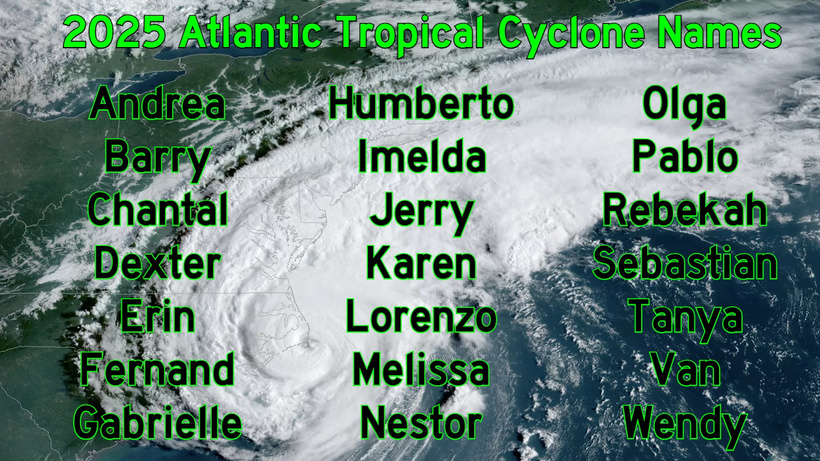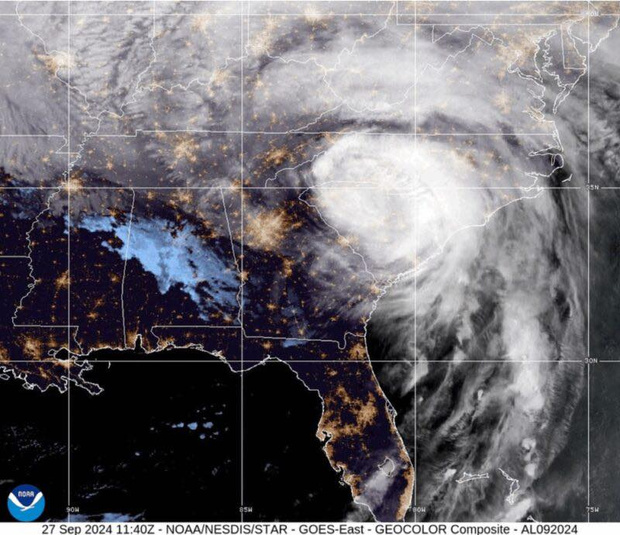UPDATE: Army Corps again surveying inlet after dredging project fails to solve ferry problems
A survey team is working to determine the degree of shoaling in the Hatteras-Ocracoke ferry channel, which ferries still can’t transit after a months-long dredging project.
“I’m not clear what’s going on,” Roger Bullock, chief of navigation for the Wilmington district of the U.S. Army Corps of Engineers, said late Wednesday.
Ferry captains have reported several sections in the channel that are problematic, especially near channel marker 12.
Bullock said that his best guess, judging by what he’s heard, is that the trouble area, where the channel by 13 Alpha turns towards the inlet and then back toward Ocracoke, had not been dredged as deeply because of buried utility lines. And recent nasty weather may have moved more sand to that spot.
“The contract dredge did not want to get caught up in those utilities,” he said, not to mention leaving Ocracoke Island in the dark. “It might be 8- or 9-feet deep. I think that area is kind of a pinch point right now.”
The Corps dredge started work at the end of December and departed last week.
Surveyors are expected to have their evaluation to the Corps and the state Ferry Division by Friday or Monday, Bullock said. That information will allow the Coast Guard to mark the optimum navigational route.
“If there are areas that are shallowed up,” he said, “then certainly they’re going around that channel so it’s safe.”
Ferry traffic between Hatteras and Ocracoke has been diverted to an alternate channel since February after Hurricane Sandy in October and several northeasters completely clogged the regular channel, a first even for a passage plagued with constantly shifting currents and sand.
The temporary channel has good water, but it’s longer and takes about an hour of travel, versus 40 minutes for the normal channel. As a consequence, ferries have had to run on a different schedule, creating occasional long traffic backups.
“The alternate route has been very sustainable,” Deputy Ferry Division Director Jed Dixon said. “It’s been manageable.”
But no matter what the survey shows, the ferries will return to the regular half-hour departures for the summer season by Tuesday, Dixon said.
“It may require a little more manpower and boats to do that,” he said Wednesday, “but we’re going to go ahead and do that regardless if we run the long route or the short route.”
Dixon said that two more vessels will be put into service –bringing the total to six — and the recently repaired MV Ocracoke will be on standby during the upcoming Ocracoke Island Surf Fishing Tournament this weekend to alleviate any backups.
After test runs on Saturday where a vessel scraped the bottom “a little bit” and even experienced captains had difficulty passing ferries in a narrow section of the channel, Dixon decided that the short channel was still unsafe to use.
But by Wednesday, charter and private vessels and commercial fishing boats that draw 5 feet or less had resumed using the Rollinson Channel — the ferry channel — between the harbor in Hatteras village and Hatteras Inlet.
Bullock said that depending on what the survey finds, more work in the ferry channel may be required. The dredge Murden, which is similar to the hopper Currituck, is expected to be available in Hatteras by mid-May, he said.
“If we had any weather at all that pushed some material back in there,” he said, “we may have some cleanup to do.”
The bigger question may be how long even that would last. Dixon, as well as others who have all worked many years in Hatteras Inlet, have noticed in recent years that the waterway is different.
Bullock, also well acquainted with the inlet, has seen the challenges.
“That area has been rapidly changing for over two years without any real good explanation,” he said. “We certainly had more dredges there. It is really difficult.”













